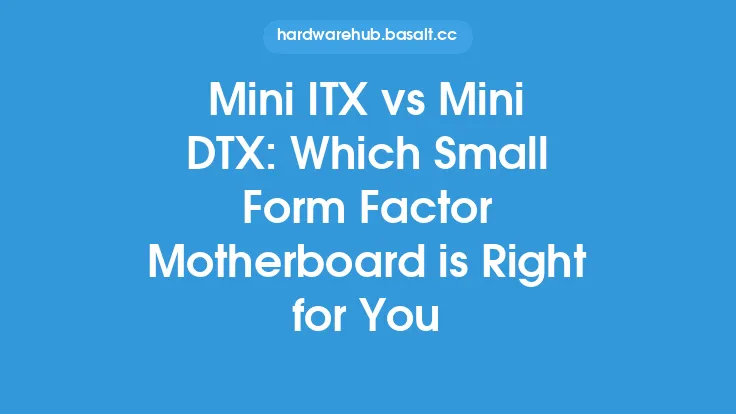When it comes to choosing a microphone, one of the most important decisions you'll make is whether to opt for a USB microphone or an analog microphone. Both types of microphones have their own strengths and weaknesses, and the right choice for you will depend on your specific needs and preferences. In this article, we'll take a closer look at the differences between USB and analog microphones, and help you decide which type is right for you.
Introduction to USB Microphones
USB microphones are a type of digital microphone that connects directly to your computer via a USB port. They are often used for recording voice-overs, podcasts, and music, as well as for online communication such as video conferencing and streaming. One of the main advantages of USB microphones is their ease of use - simply plug them in, and you're ready to start recording. They also tend to be more compact and portable than analog microphones, making them a great choice for those who need to record on the go. Additionally, USB microphones often come with built-in analog-to-digital converters (ADCs), which convert the analog signal from the microphone into a digital signal that can be read by your computer.
Introduction to Analog Microphones
Analog microphones, on the other hand, are a type of traditional microphone that uses a physical connection to transmit the audio signal. They are often used in professional recording studios, live sound applications, and public speaking engagements. Analog microphones require an external device, such as a mixer or audio interface, to convert the analog signal into a digital signal that can be read by your computer. One of the main advantages of analog microphones is their high-quality sound - they are often capable of capturing a wider range of frequencies and dynamics than USB microphones. Additionally, analog microphones tend to be more durable and long-lasting than USB microphones, making them a great choice for those who plan to use their microphone extensively.
Key Differences Between USB and Analog Microphones
So, what are the key differences between USB and analog microphones? One of the main differences is the way they connect to your computer. USB microphones connect directly to your computer via a USB port, while analog microphones require an external device to convert the analog signal into a digital signal. Another key difference is the quality of the sound - analog microphones tend to be capable of capturing higher-quality sound than USB microphones, although the difference may not be noticeable to the average listener. Finally, USB microphones tend to be more compact and portable than analog microphones, making them a great choice for those who need to record on the go.
Technical Considerations
From a technical standpoint, there are several key differences between USB and analog microphones. One of the main differences is the sample rate - USB microphones typically have a sample rate of 44.1 kHz or 48 kHz, while analog microphones can have a much higher sample rate, depending on the quality of the microphone and the external device used to convert the analog signal into a digital signal. Another key difference is the bit depth - USB microphones typically have a bit depth of 16 bits, while analog microphones can have a much higher bit depth, depending on the quality of the microphone and the external device used to convert the analog signal into a digital signal. Finally, USB microphones often have built-in ADCs, which can affect the quality of the sound - some USB microphones have high-quality ADCs, while others may have lower-quality ADCs that can affect the sound.
Applications and Use Cases
So, what are the typical applications and use cases for USB and analog microphones? USB microphones are often used for recording voice-overs, podcasts, and music, as well as for online communication such as video conferencing and streaming. They are also often used for recording interviews, lectures, and presentations. Analog microphones, on the other hand, are often used in professional recording studios, live sound applications, and public speaking engagements. They are also often used for recording high-quality audio, such as film and television soundtracks, and for capturing live performances.
Conclusion
In conclusion, the choice between a USB microphone and an analog microphone depends on your specific needs and preferences. If you need a compact, portable microphone for recording voice-overs, podcasts, or music, a USB microphone may be the best choice. However, if you need a high-quality microphone for professional recording applications, an analog microphone may be the better choice. Ultimately, the decision comes down to the quality of sound you need, the ease of use you require, and the specific application you have in mind. By considering these factors and understanding the key differences between USB and analog microphones, you can make an informed decision and choose the right microphone for your needs.





